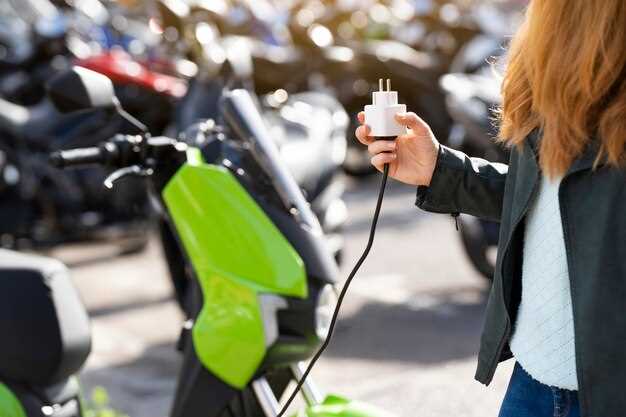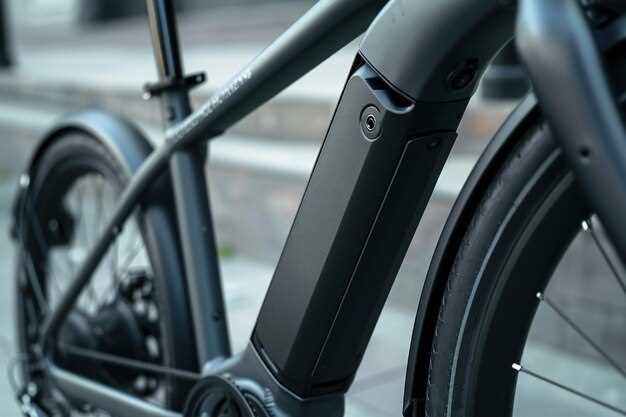
The rise of electric vehicles (EVs) has transformed the transportation landscape, and electric motorcycles are no exception. As we look towards 2025, these innovative bikes promise to deliver a unique blend of performance, sustainability, and efficiency. However, potential buyers must weigh the benefits against the drawbacks to make an informed decision.
One significant advantage of electric motorcycles lies in their environmental impact. These bikes produce zero tailpipe emissions, contributing to cleaner air and reduced reliance on fossil fuels. Furthermore, the advancement of battery technology has enabled longer ranges and faster charging times, making EV motorcycles more practical for daily use. The growing network of charging stations will also facilitate long-distance travel, a critical factor for motorcyclists.
On the flip side, there are challenges to consider. The upfront cost of purchasing an electric motorcycle can be higher compared to traditional gas-powered bikes, often deterring some potential riders. Additionally, the limited availability of charging infrastructure in certain areas might pose a hurdle for users looking to travel beyond their localities. Understanding these pros and cons will be essential for enthusiasts and casual riders alike as the motorcycle industry evolves.
Performance Metrics: Comparing Electric vs. Gas Motorcycles
When evaluating the performance of electric motorcycles (EVs) in comparison to traditional gas-powered bikes, several key metrics come into play. These metrics include acceleration, range, top speed, efficiency, and maintenance costs. Understanding these factors can help potential buyers make informed decisions.
- Acceleration:
Electric bikes typically excel in acceleration due to their instant torque delivery. This allows many EVs to reach high speeds faster than gas motorcycles. For example, some electric models can go from 0 to 60 mph in just a few seconds.
- Range:
Gas motorcycles generally offer longer range capabilities due to the energy density of gasoline. However, advancements in battery technology are improving the range of EVs. While many gas bikes can travel over 200 miles on a full tank, top electric models are now reaching ranges of 150 to 250 miles on a single charge.
- Top Speed:
While both types can achieve impressive top speeds, gas motorcycles tend to have an edge in maximum speed. Many electric bikes are designed for efficiency and urban commuting, capping at lower speeds. However, high-performance EVs can rival their gas counterparts.
- Efficiency:
Electric motorcycles have superior energy efficiency compared to gas bikes. EVs convert over 60% of electrical energy from the grid to power at the wheels, while gas bikes typically convert only about 20% of the energy stored in gasoline.
- Maintenance Costs:
Maintenance for electric bikes is generally lower than for gas-powered models. EVs have fewer moving parts, leading to reduced wear and tear. Gas motorcycles require regular oil changes, filter replacements, and other maintenance, which can accumulate significant costs over time.
In conclusion, while electric motorcycles provide advantages in acceleration, efficiency, and lower maintenance, gas bikes still hold the upper hand in range and top speed. The choice between an EV and a gas motorcycle will largely depend on individual preferences, riding style, and intended use.
Cost Analysis of Ownership: Is an Electric Motorcycle Worth It?

Owning an electric motorcycle (EV) in 2025 presents a unique financial landscape. Initial purchase prices for electric bikes can be higher compared to traditional gasoline models. However, potential savings over time can make the investment worthwhile.
First, consider the cost of fuel. Electric motorcycles benefit from the significantly lower price of electricity compared to gasoline. Owners can save substantially on refueling costs, especially if they charge at home during off-peak hours. Additionally, many public charging stations offer free or low-cost charging options.
Maintenance expenses also play a vital role in the cost analysis. Electric bikes typically require less maintenance due to fewer moving parts, translating to lower service costs over their lifespan. There’s no need for oil changes or complex engine repairs, making upkeep simpler and cheaper.
However, it’s essential to factor in battery replacement costs. While advancements in technology have decreased the frequency of required battery changes, the expense can still be significant. Prospective owners should research the warranty and longevity of the specific battery model for their chosen EV bike.
Insurance rates may differ as well. Some insurers offer lower premiums for electric motorcycles, reflecting their environmentally friendly status. Nevertheless, coverage for high-performance models could offset these savings.
In many regions, government incentives for electric vehicles still play a vital role in cost analysis. Tax credits, rebates, and grants can effectively reduce the initial price, enhancing the overall value of ownership. These programs are subject to change, so staying informed about local and national policies is crucial.
Ultimately, whether an electric motorcycle is worth the investment depends on individual circumstances. Evaluating personal finance, riding habits, and access to charging infrastructure will provide a clear picture. For many, the combination of cost savings and environmental benefits makes owning an EV motorcycle a smart choice in 2025.
Charging Infrastructure: Access and Availability for Electric Riders

The charging infrastructure for electric motorcycles is crucial for their widespread adoption in 2025. One of the primary concerns for riders is the accessibility of charging stations. As the popularity of electric vehicles (EVs) grows, the number of charging points is expected to increase significantly, providing riders with more convenient options. Urban areas will likely see a higher concentration of charging stations, catering to daily commuters and city dwellers.
Availability of charging options is also evolving, with various types of charging solutions being implemented. Fast chargers, allowing for a quick top-up during short stops, will be commonly found at strategic locations like shopping centers and highway rest areas. Additionally, home charging stations are becoming increasingly popular, enabling riders to charge their electric motorcycles overnight, ensuring they are ready for the next day’s journey.
Integration of apps and navigation tools will assist electric riders in locating nearby charging stations easily. These tools can provide real-time information about charger availability, reducing range anxiety among users. Partnerships between charging networks and local businesses will further enhance accessibility, making it easier for riders to find power while on the go.
Challenges remain, particularly in rural areas where charging options may still be limited. However, initiatives aimed at expanding infrastructure in underserved regions could bridge these gaps, ensuring that electric riders have access to necessary charging facilities. Overall, the evolution of the charging infrastructure is pivotal in supporting the growth of electric motorcycles and enhancing the riding experience in 2025.

